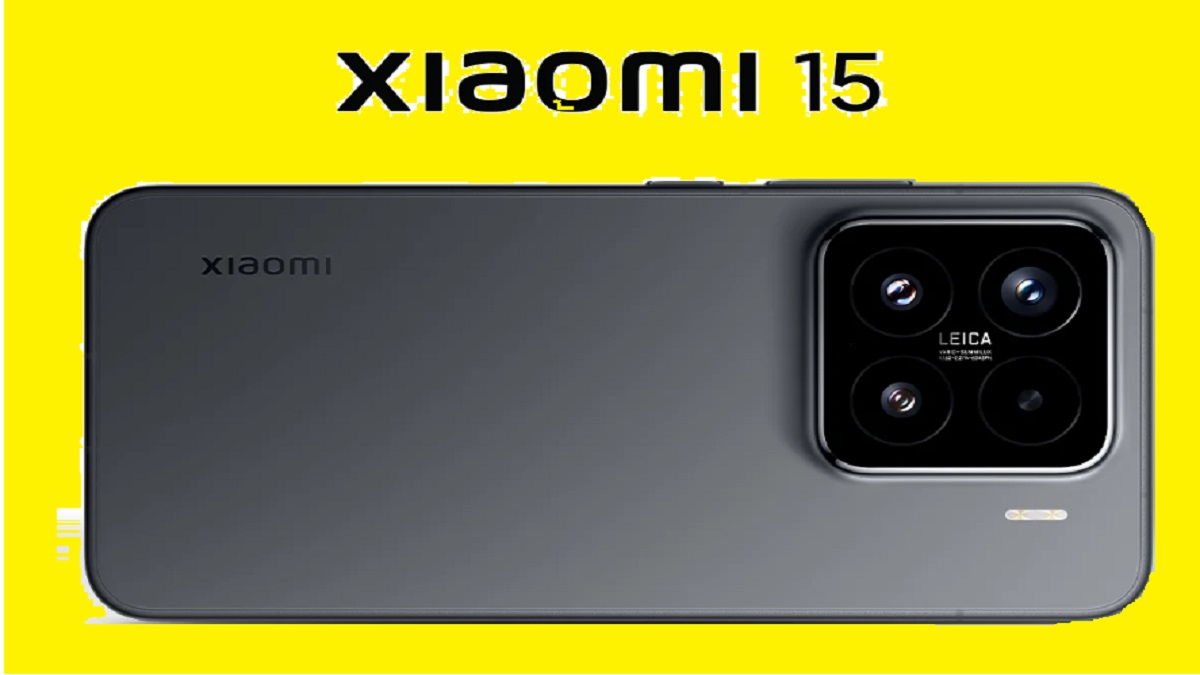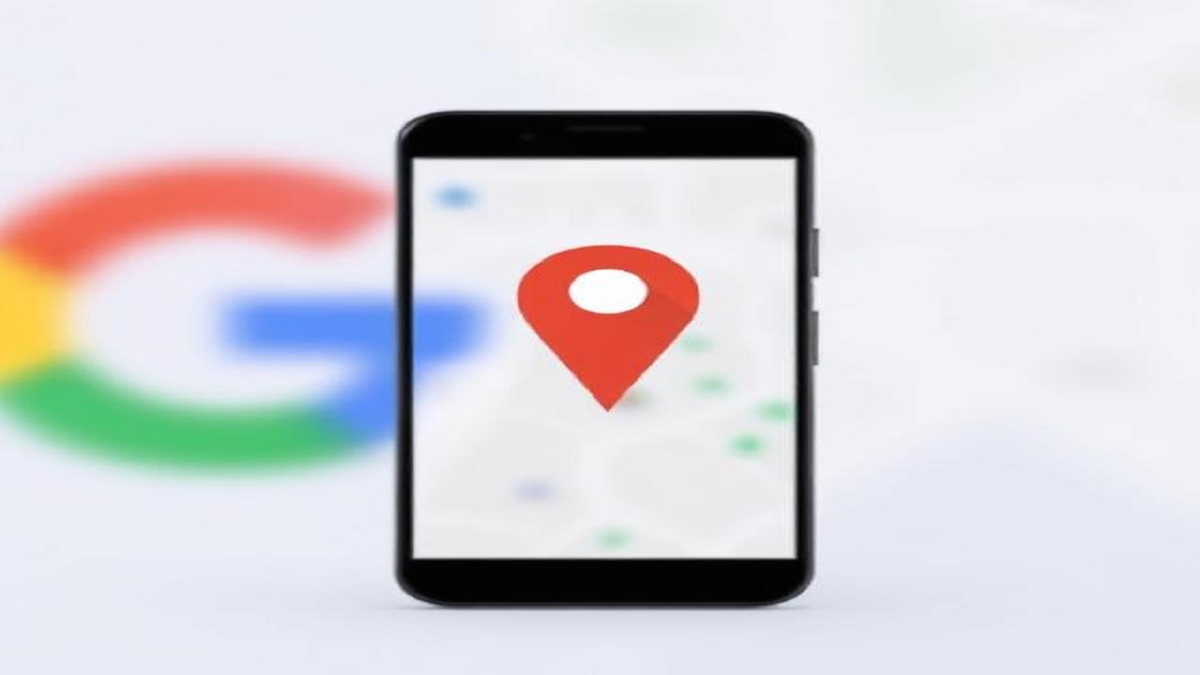The Daily Struggle Why Battery Life Still Keeps Us Up at Night
Picture this: You’re halfway through a cross-country flight, binge-watching your favorite show, when your iPhone 14 Pro gasps its last battery breath. Sound familiar? For millions, this nightmare is a recurring reality. But Apple’s upcoming iPhone 17 Series promises to rewrite the script. Leaked reports suggest a “significant battery boost” that could finally free us from outlet anxiety. Let’s dive into what this means for your daily grind—and why it’s a game-changer.
From iPhone 12 to 17: Apple’s Battery Evolution
Apple’s journey to better battery life has been a marathon, not a sprint. The iPhone 12 introduced MagSafe charging, the 13 series added larger cells, and the 14 Pro Max wowed with 29-hour video playback. But users still craved more. Enter the iPhone 17. Industry insiders claim this model will leapfrog past incremental updates, delivering a 20–30% capacity jump—Apple’s biggest in a decade.
What We Know So Far: Leaks, Rumors, and Insider Insights
According to TechRadar and Bloomberg, the iPhone 17 lineup (standard, Plus, Pro, Pro Max) will feature:
- Stacked Battery Tech: Inspired by electric vehicles, this design crams more power into slimmer frames.
- A19 Bionic Chip: Built on a 2nm process, boosting efficiency by 15% (per TSMC’s roadmap).
- AI-Powered Optimization: iOS 18’s adaptive battery management learns usage patterns to prioritize energy-hungry apps.
A supply chain leak from analyst Ming-Chi Kuo hints at a 4,800mAh battery for the Pro Max (up from 4,422mAh in the 16 Pro Max). Translation: 35+ hours of video playback or 2 full days of moderate use.
Breaking Down the Tech: How Apple Is Redefining Battery Limits
Stacked Batteries: Smaller Footprint, Bigger Punch
Traditional lithium-ion batteries layer cells like pancakes. Stacked tech arranges them vertically, like a high-rise, saving space and reducing heat. Samsung pioneered this in its Galaxy S24 Ultra, but Apple’s iteration reportedly improves energy density by 10–15%.
The A19 Chip: Efficiency Meets Brainpower
The A19 Bionic isn’t just faster—it’s smarter. Machine learning cores will predict when you’ll need a camera burst or AR session, allocating power in real time. Think of it as a “battery butler” for your apps.
iOS 18’s Battery Savior Mode
Rumored features include:
- App-Specific Throttling: Limits background drain from social media apps.
- Emergency Reserve: Automatically saves 5% battery for Maps/Uber.
Expert Verdict: Is This the iPhone Battery Breakthrough We Need?
We asked Dr. Lisa Chen, a battery tech researcher at MIT: “Stacked batteries are the future, but heat dissipation is critical. If Apple nails thermal management, this could set a new industry standard.” Meanwhile, Wirecutter’s lead tech analyst, Jake Ramirez, notes, “Android phones have pushed 5,000mAh batteries for years. Apple’s playing catch-up—but doing it elegantly.”
iPhone 17 vs. the Competition: How Does It Stack Up?
Samsung Galaxy S25 Ultra: The Worthy Rival
Samsung’s next flagship may pack a 5,500mAh battery. But Apple’s tighter hardware-software integration often yields better real-world efficiency.
Google Pixel 10 Pro: AI vs. Raw Power
Google’s Tensor G5 chip focuses on AI-driven battery tricks, like muting unused apps. However, benchmarks suggest Apple’s A19 will outpace it in sheer efficiency.
Real-World Benefits: Who Gains the Most?
- Travelers: Film a 4K vlog across Rome without hunting for cafes.
- Gamers: Genshin Impact marathons without frame drops.
- Remote Workers: Zoom calls from dawn till dusk on a single charge.
Sarah Lopez, a travel blogger, shares: “My iPhone 15 dies by 3 PM on shoot days. If the 17 lasts till bedtime, it’s an instant buy.”
Potential Pitfalls: What Could Go Wrong?
- Weight Concerns: Larger batteries might add 10–15 grams.
- Charging Speed: Will Apple finally adopt 45W+ fast charging? Leaks say “no”—sticking to 35W.
- Cost: Pro models may hit $1,299, up 8% from the iPhone 16.
Beyond 2024: The Future of Smartphone Batteries
Solid-State Batteries: The Holy Grail
Apple’s 2026 roadmap reportedly includes solid-state tech, promising 2x capacity and 3-minute charges. The iPhone 17’s upgrades are just a stepping stone.
Sustainability Wins
Apple aims for 100% recycled cobalt in batteries by 2025. Longer-lasting phones mean less e-waste—a win for eco-conscious users.
iPhone 17 Battery FAQs: Your Burning Questions, Answered
When will the iPhone 17 launch?
Expected September 2024, per Apple’s usual cycle.
Will it support MagSafe?
Yes—and rumors hint at a stronger magnetic alignment for faster wireless charging.
Can I replace the battery myself?
Unlikely. Apple prefers certified techs to handle its advanced batteries.
Will old chargers work?
Yes, but 35W+ USB-C adapters will maximize speed.
Final Thoughts: Should You Upgrade?
If your iPhone is gasping for juice by noon, the 17 Series could be your lifeline. For casual users, the 16 might suffice. But for power users, travelers, and anyone tired of battery anxiety, this upgrade is worth the hype—and the wait.







